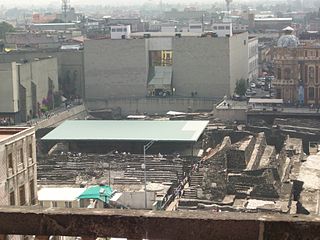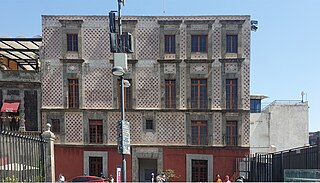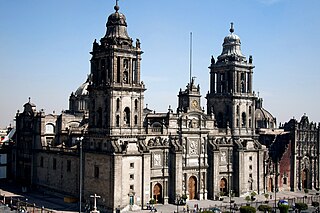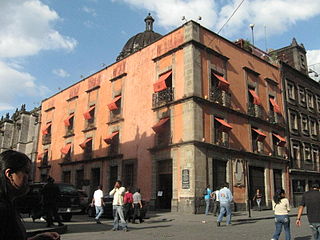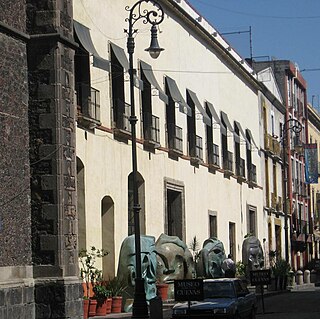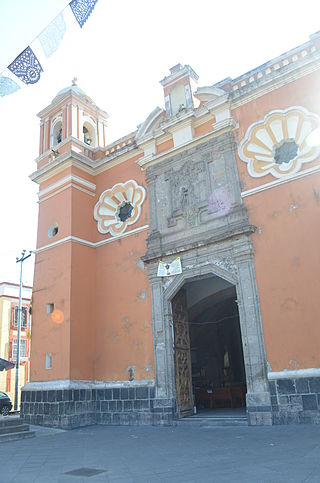Self-guided Sightseeing Tour #2 in Mexico City, Mexico
Legend
Guided Free Walking Tours
Book free guided walking tours in Mexico City.
Guided Sightseeing Tours
Book guided sightseeing tours and activities in Mexico City.
Tour Facts
2.8 km
57 m
Experience Mexico City in Mexico in a whole new way with our free self-guided sightseeing tour. This site not only offers you practical information and insider tips, but also a rich variety of activities and sights you shouldn't miss. Whether you love art and culture, want to explore historical sites or simply want to experience the vibrant atmosphere of a lively city - you'll find everything you need for your personal adventure here.
Activities in Mexico CityIndividual Sights in Mexico CitySight 1: Museo Templo Mayor
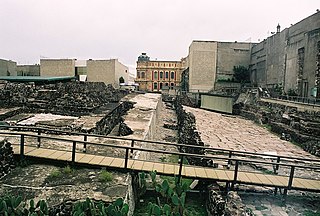
The Templo Mayor Museum is located in the Historic Center of Mexico City, Mexico. The objective of the museum is to publicize the findings found within the framework of the on-site research that is carried out in the archaeological zone of the Templo Mayor of the Mexica.
Sight 2: Templo Mayor
Get Ticket*The Templo Mayor was the main temple of the Mexican people in their capital city of Tenochtitlan, which is now Mexico City. Its architectural style belongs to the late Postclassic period of Mesoamerica. The temple was called Huēyi Teōcalli in the Nahuatl language. It was dedicated simultaneously to Huitzilopochtli, god of war, and Tlaloc, god of rain and agriculture, each of which had a shrine at the top of the pyramid with separate staircases. The central spire was devoted to Quetzalcoatl in his form as the wind god, Ehecatl. The temple devoted to Huitzilopochtli and Tlaloc, measuring approximately 100 by 80 m at its base, dominated the Sacred Precinct. Construction of the first temple began sometime after 1325, and it was rebuilt six times. The temple was almost totally destroyed by the Spanish in 1521, and the Mexico City Metropolitan Cathedral was built in its place.
Sight 3: Archivo de la Fotografía
The Museo Archivo de la Fotografía is a museum in the Historic center of Mexico City located in "La Casa de las Ajaracas", built at the end of the 16th century, at Guatemala street #34. The museum is dedicated to the conservation, research and distribution of photography.
Sight 4: Nuestra Señora del Pilar
La Enseñanza Church (1772-1778) is located on 104 Donceles Street in the historic center of Mexico City. The Mexican Churrigueresque style of this church, especially that of its altarpieces, is upheld as the pinnacle of the Baroque period in Mexico, as this style soon gave way to the Neoclassic shortly after this church was built. The church’s official name is Iglesia de Nuestra Señora del Pilar. The former convent was called El Convento de la Enseñanza La Antigua, from which is derived the church’s popular name. After the Reform War, the convent was disbanded. The complex has had various uses, but the church has been returned to its sacred function.
Sight 5: Museo de la Caricatura
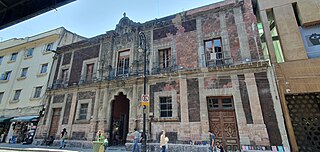
The Caricature Museum is located in an 18th-century Baroque building in the historic center of Mexico City. It was opened in 1987 to preserve and promote the history of Mexican cartooning, done for both political and entertainment purposes. The historic building it occupies was originally the home of Cristo College, a royal college established in 1612.
Sight 6: Catedral Metropolitana de la Ciudad de México
The Metropolitan Cathedral of the Assumption of the Most Blessed Virgin Mary into Heaven, also commonly called the Mexico City Metropolitan Cathedral, is the cathedral church of the Catholic Archdiocese of Mexico. It is situated on top of the former Aztec sacred precinct near the Templo Mayor on the northern side of the Plaza de la Constitución (Zócalo) in the historic center of Mexico City. The cathedral was built in sections from 1573 to 1813 around the original church that was constructed soon after the Spanish conquest of Tenochtitlan, eventually replacing it entirely. Spanish architect Claudio de Arciniega planned the construction, drawing inspiration from Gothic cathedrals in Spain.
Sight 7: Constitution Square
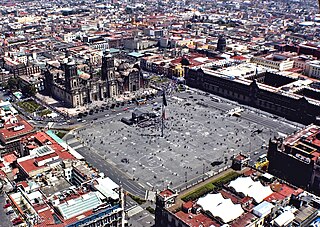
Zócalo is the common name of the main square in central Mexico City. Prior to the colonial period, it was the main ceremonial center in the Aztec city of Tenochtitlan. The plaza used to be known simply as the "Main Square" or "Arms Square", and today its formal name is Plaza de la Constitución. This name does not come from any of the Mexican constitutions that have governed the country but rather from the Cádiz Constitution, which was signed in Spain in the year 1812. Even so, it is almost always called the Zócalo today. Plans were made to erect a column as a monument to independence, but only the base, or zócalo, was built. The plinth was buried long ago, but the name has lived on. Many other Mexican towns and cities, such as Oaxaca, Mérida, and Guadalajara, have adopted the word zócalo to refer to their main plazas, but not all.
Sight 8: Casa de la Primera Imprenta de América
The House of the First Printing Press in the Americas at the corner of Moneda and Licenciado Primo Verdad streets in Mexico City was the home of the first printing press/print shop in the New World. The printer Juan Pablos oversaw the printing of at least 35 books at this print shop between 1539, the date of the first book printed in the Americas, and his death in 1560.
Wikipedia: House of the First Print Shop in the Americas (EN)
Sight 9: Antigua Academia de San Carlos

The Academy of San Carlos is an art academy that historically played an important role in the development of Mexican art and architecture. Founded in 1781 as the School of Engraving, it was the first major art school and the first art museum in the Americas.
Sight 10: Museo José Luis Cuevas
The José Luis Cuevas Museum is located just off the Zócalo within the Historic center of Mexico City, in Mexico City, Mexico. The museum and Church of Santa Inés were built as parts of the Convent of Santa Inés complex. The museum is in the convent's colonial era residential hall.
Sight 11: San Antonio Tomatlán
The chapel of San Antonio Tomatlán is a religious building in Mexico City, located in the downtown area of the city.
Share
How likely are you to recommend us?
Disclaimer Please be aware of your surroundings and do not enter private property. We are not liable for any damages that occur during the tours.
GPX-Download For navigation apps and GPS devices you can download the tour as a GPX file.
